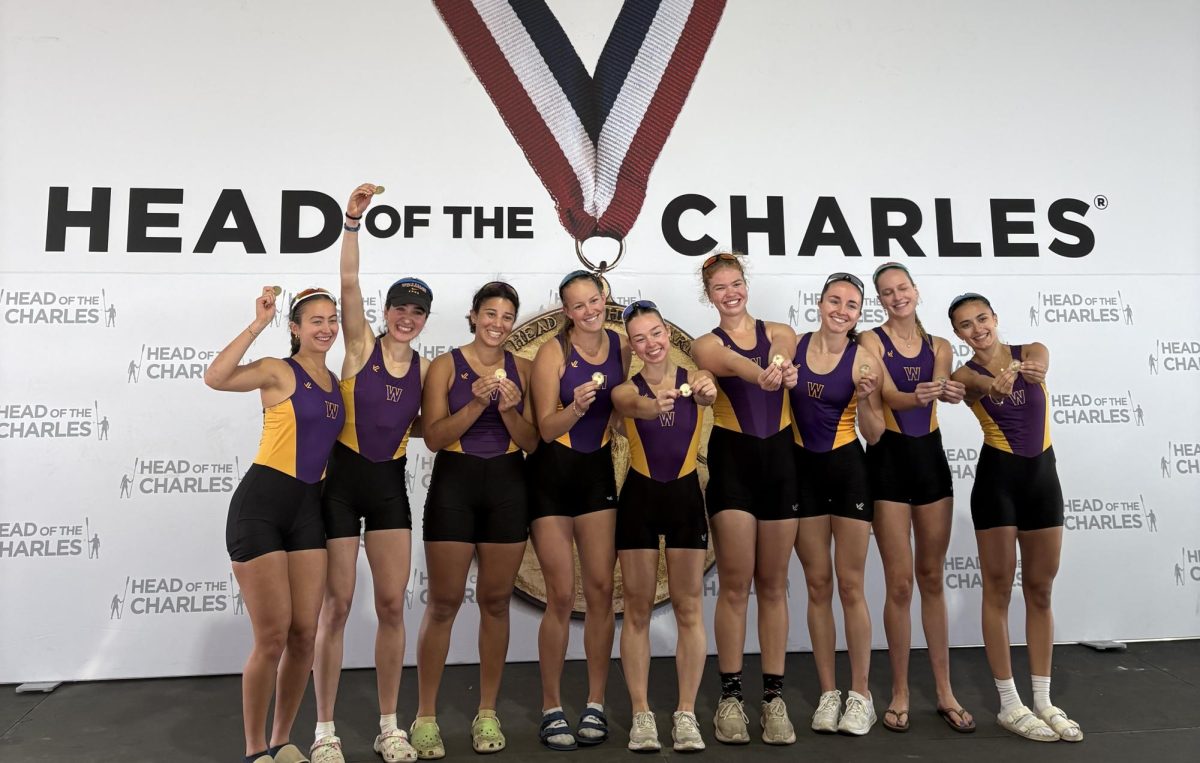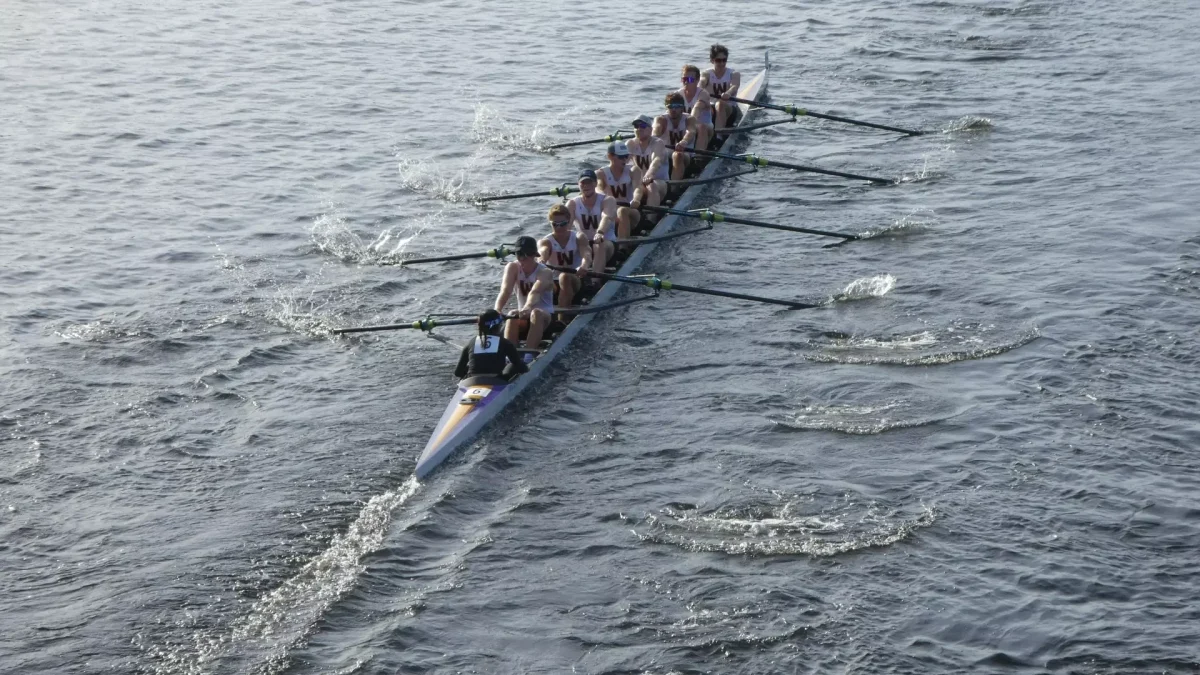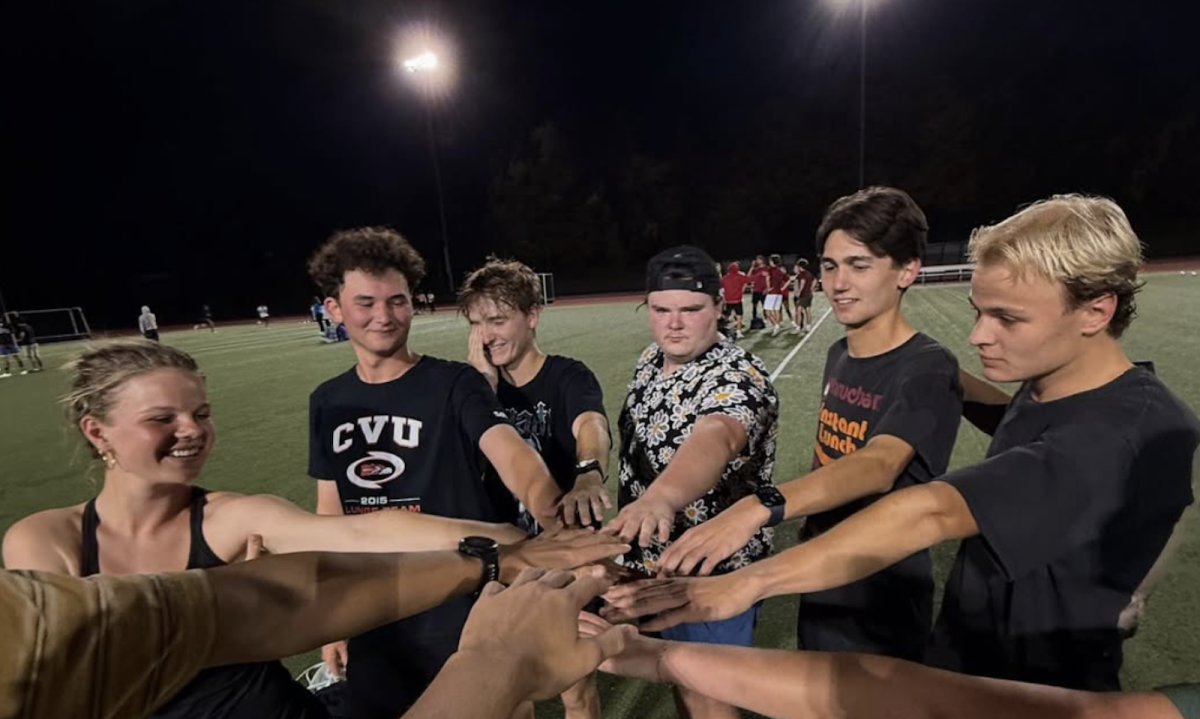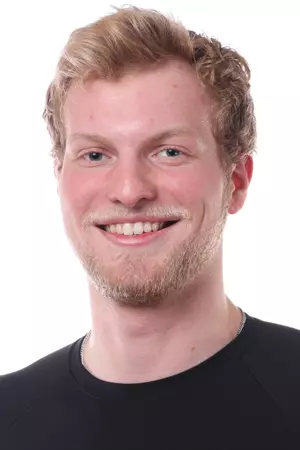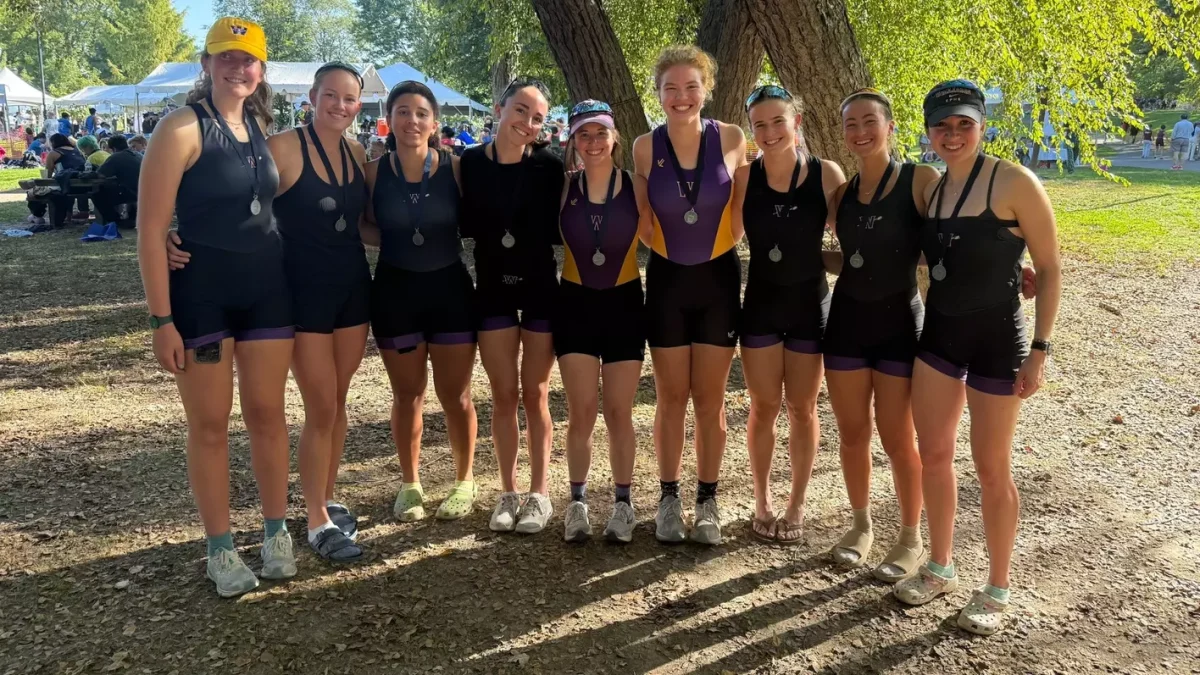
As the College releases more details about the fall’s reopening, it has announced that fall athletics will not take place, that athletes will lose their season’s eligibility if they choose to enroll remotely, while the status of winter sports remains undetermined.
Last Wednesday, July 1, the physical education and athletics departments hosted a virtual town hall open to all students. The panel, which featured coaches, department heads and family program coordinators, spoke on the many questions that students have raised since President Maud S. Mandel announced the reopening of campus, and the cancellation of the fall sports season, on June 29.
Among the concerns addressed, four important issues stood out: uncertainties surrounding winter and spring sports, NCAA eligibility for athletes, training space and equipment sharing, as well as expectations for social distancing on and off the field.
Winter and spring sports not guaranteed to return
Earlier this spring, NCAA released guidelines detailing a phased approach to the college sports reopening process. As of July 1, the organization is in Phase Two, in which restrictive measures such as social distancing and limitations on gatherings remain in place, but small gatherings are permitted.
However, on Jul. 10, the New England Small College Athletic Conference (NESCAC) cancelled all fall sports, after all college presidents within the NESCAC unanimously announced that their schools will not participate.
Within the NESCAC, the exact time and procedure of ultimately restarting intercollegiate athletics remains unclear. “At this point, nobody has anything on the books to play,” Athletic Director Lisa Melendy said in the July 1 town hall. “There’s some possibility that if things got better, some institutions might opt to try to schedule some events.”
The College decided early on that “fall sports teams will not travel and compete during the fall semester,” according to Mandel’s announcement. Melendy added last Wednesday that fall sports would likely not happen during the spring, a contingency that some Division I conferences, such as the Ivy League, have not entirely ruled out.
“When we made this decision, we made this decision and announcement because we found that really unlikely, especially for contact sports.” Melendy said. “That’s something that we think would be incredibly difficult for us to do, to run our fall seasons in conjunction with our spring seasons, given our limitation on facilities and support staff in order to do that safely.”
While competitive play may not be possible, the athletics department has devised intramural training programs. As athletes return, the plan is to have them start training in small, outdoor groups while observing social distancing, according to Melendy. The exact start date for fall sports has yet to be determined, as there might be “a longer timeline in getting athletes through the medical screening process,” Melendy said.
Students who are enrolled remotely, including those who choose to live off campus in Williamstown but were not pre-approved to live off campus earlier this year by the Dean of the College, will not be able to participate in practices or use campus facilities or resources.“The only exception to this is students who last spring went through the official process of petitioning to live off campus, the rising seniors,” Dean of the College Marlene Sandstrom said.
The uncertainty of the fall extends to winter and spring seasons as well. According to Melendy, no decision has been made on whether winter sports teams will be able to travel and compete. “Our plan is to do the same sort of introduction phased approach to practice in the winter, but much will depend on what the fall looks like and what’s happening on campus.”
In light of the uncertainty, the NESCAC has approved some relaxation of normal out-of-season guidelines so as to support team engagement and coach involvement. One suchchange will allow winter teams to begin practicing on Oct. 15, rather than Nov. 1, to allow a more phased return to practice in the event that winter sports are allowed to resume.
NCAA eligibility for athletes
As students weigh their options of returning to campus, enrolling remotely or taking a personal leave, many are considering the implications for their NCAA eligibility.
Melendy reminded students that if they do not compete, they will not use a season of NCAA eligibility. She said that practicing as a team in the fall will not cause a player to lose any NCAA eligibility: “NCAA eligibility is triggered by your first contest, so if we don’t have a first contest, you can’t trigger that season.”
There are, however, limited semesters at the College in which to use all four seasons of NCAA eligibility. Fall athletes who want to compete all four seasons at the College will likely have to withdraw for this upcoming semester.
“As Division III athletes, you each have 10 semesters to get your four seasons in; however, at Williams you can only attend 8 semesters,” Melendy said. “So you would need to plan both your athletic and academic timetable to play all four seasons at Williams.” For example, softball player Kristin Mapes ’21 originally planned to graduate in the class of 2020. However, after the spring season was cancelled in March, she withdrew for the semester in the hope of playing her final season this coming academic year.
It can be hard for many to have to choose between sports and school life. “It was a difficult decision for everyone,” Chelsea Taylor ’22, a member of women’s soccer, said, regarding her and her teammates decisions about whether or not to enroll in the fall. “No athlete at our collegiate level has ever had a whole year off without competition, the exception being those who have suffered serious injuries. So not only did we have to think on all of the variables that your typical student did, but we were also faced with the additional daunting unknown athletically.”
The changes to the 2020-2021 academic year also pose new problems for off-cycle students who were set to graduate at the end of the fall semester. In previous years, winter sport athletes who graduated mid-year often sought to stay for Winter Study in order to extend their semester and complete their last season. This year, however, Winter Study has been cancelled, and plans for winter athletes remain unclear.
“We submitted a waiver to the NCAA for all of our winter athletes to address that exact situation, in which we are trying to get some clarification back as to how there can be an exception, what we can do and how [the winter athletes] can bridge that gap,” Associate Athletic Director for Inclusion and Compliance Tommy Verdell said last week.
The waiver was not granted by the NCAA, Melendy clarified in an email to the Record on Thursday. However, she did advise winter season athletes to either take a leave in the fall and return in the spring to join their team, or to make use of the NCAA’s 60-day extension policy, which allows students to compete with their teams up to 60 days after the completion of their graduation requirements and which Ephs have regularly used in the past.
A major difference between these two solutions lies in the financial cost. Rejoining the team after taking a semester off in the fall will not require personal financial investment beyond normal tuition and fees, whereas staying on the team during the 60-day extension period will generate more cost.
“Student athletes wishing to continue to participate with their team to the end of their individual season in this 60-day window … would be responsible for securing their own housing and providing their own meals during this time,” Melendy wrote in an email to the Record. “No college financial support would be available over this period, so any student who wishes to exercise this option needs to be mindful of the possible financial impact.”
Change to training facilities and programs
Meanwhile, as athletes return to campus, they will likely find their training and conditioning routines heavily modified; as much as possible, they will be relocated outside. “Our aim is to de-densify, especially as gyms are a hotspot for transmission of infection,” Melendy said. “We’ll be trying to move things outside where we can … especially with our strength and conditioning team.”
Upon the start of fall practice, gyms and other indoor facilities will remain closed. On July 6, Massachusetts announced that it has progressed into the first step of Phase Three, in which indoor spaces are open to public use with caution. “After we receive [the Phase Three guidelines], we can continue our plans to allow some activity indoors but that will likely be very limited and will need to be very scheduled,” Melendy said.
According to the panel, it will not be as simple to use indoor facilities as it was before the pandemic. Even as the state announces its progression into Phase Three of reopening, which is when restrictions on gyms can theoretically be relaxed, Director of Sports Medicine Rodd Lanoue said that indoor space and equipment will not be shared.
“Getting to Phase Three does not mean that we are in the clear,” Lanoue said.
One example of the adopted limitations is that indoor facilities will no longer be freely available to students. “We will most likely have scheduling to come in to work out,” Associate Director for Student Athlete Services Carolyn Miles said. “You’d have to fill out a schedule so we know who’s coming in and how many people are coming in.”
The temporary unavailability of indoor athletic facilities brings another problem: students will have trouble accessing equipment. While NCAA has been rethinking certain policies pertaining to equipment that are less contact-heavy, Verdell said that the current recommendation when athletes first resume training is “not to be sharing or using equipment.”
“We probably wouldn’t be running multiple people through [the disinfection process] after every practice,” Verdell said. “We just don’t have the time to do that.”
But lack of equipment will not become a barrier to fall sport practices. According to Melendy, coaches have been looking for ways to circumvent the need of equipment, either resorting to exercises that do not require traditional equipment or assigning athletes a personal set of equipment to keep until the end of the season if possible.
Russell Blakey ’23, a runner on men’s cross-country, said that despite the runs being organized differently to adhere to social distancing policies, the team will stay together in spirit.
“Of course [cross-country] and track won’t quite be the same, but the team spirit is still there in spades.” He said. “I think we’ll make the best of it.”
Social Distancing as a collective commitment
With approximately 33 percent of all students participating in varsity sports at the College, student athletes make up a significant part of the campus community and have a large influence on student life. When asked how to keep the student body accountable for their potential impact on public health, Melendy said that the administration seeks to frame this as “a collective responsibility and a collective commitment to public health.”
“The only way that we will be able to sustain having students on campus is if everyone, students, faculty and staff, fully commit to the public health guidelines,” she said. “As soon as that starts to break down and the transmission takes off, we will no longer be able to have students on campus.”
She called for athletes to set an example in adhering to public safety guidelines, a responsibility that she said would be “critical” in restarting competitions as soon as possible. “As leaders on this campus, it will be important for us to model good behavior including social distancing, mask-wearing and refraining from large gatherings,” she said.



